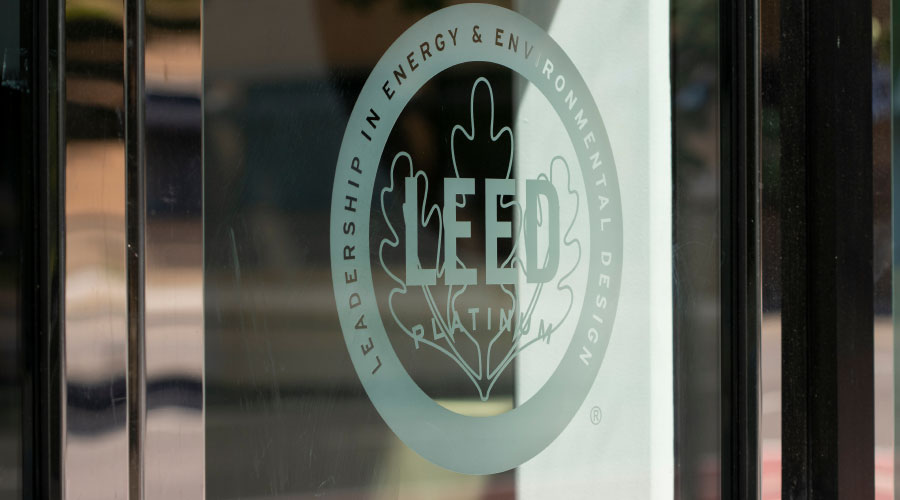How School Buildings Can Become Hands-On Teaching Tools
For educational organizations, a well-designed building is one that serves the needs of its institution functionally, culturally, socially, pedagogically, and sustainably. The best educational buildings not only serve these needs, but actively demonstrate and reinforce lessons beyond the classroom. They become hands-on teaching tools, heightening awareness of science, nature, sustainability, and other subjects. Facility managers have an opportunity to play a key role in the success of these buildings, becoming teachers as well as managers.
How many students, or even teachers, really understand and know their school? Why can it keep them warm on a cold day? Where does the rain go when it hits the roof? How many know where a building's energy comes from?
A successful building has the capacity to teach lessons in a broad range of subjects including science, math, technology, poetry, and art. A thriving green roof will heighten awareness of nature, providing a highly visible habitat for a variety of plants and insects and allowing for the observation of life cycles over time. Designing a visible path for rainwater as it travels down from the roof can allow students to reflect on seasonal rainfall, to hear the sound of falling water, and to see plants doing work. This may inspire a poem or an art project, or it may pose larger questions about water management within their community. Similarly, while shifts in the sun's colors and intensities may be subtle, abundant access to daylight can pique curiosity about its annual rhythms.
There are also tangible lessons to be learned from sustainable technologies and materials. Seeing firsthand the elements that make a building function begins to clarify how these systems work, and provides the framework for larger questions and connections. For example, during a recent presentation to middle-schoolers about their new athletics and wellness center, the presenter described the building's solar array and its role in heating the building's water. A student immediately asked if this meant the swimming pool would be cold on cloudy days, illustrating a rapid understanding of how the array connected the sun's energy with her everyday building experience.
FMs As Educators
While the entire school community should be considering ways to engage the building as a teaching tool, facility management staff are especially well-positioned to share a building's lessons.
One way to take on this role is by demonstrating how a building works through special tours or classroom visits. It's important to show students the aspects of the building that normally remain hidden. This can encourage curiosity about what is on the roof or in "that pipe over there." In some cases, this type of hands-on teaching will provoke an educational interest or provide new clarity. For example, many learners of all ages struggle with math and science when it is explained in an abstract manner, but these subjects can come to life when presented through a real-world example.
Related Topics:













